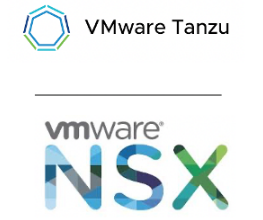Which network adapter do you need to get? SFP-10G-SR? SFP-10G-SR-S? Or will 10G Twinax (SFP-H10GB-CUxM) cables suffice?
In my opinion, twinax cable is usually a no brainer when the switches and the equipment is located in the same rack., as long as the equipment supports it. Yes, the twinax cables are much thicker in comparison, however, also much easier to troubleshoot when something goes wrong. When there is a port down or flapping taking place, the entire cable can be easily replaced which allows to instantly determine if that that the underlying issue or not. When it comes to troubleshooting SFP+ transceivers combined with fiber optic cables, there are 3 possible causes for the issue, so it becomes a bit more challenging to narrow it down, unless you replace all three and the issue gets resolved (most expensive approach, unless you validate each one separately afterwards in a non-production environment).
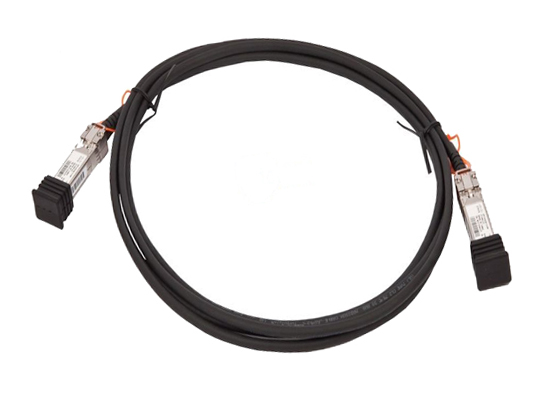
Second choice is usually SFP-10G-SR-S, which costs 25-30% less than SFP-10G-SR due to missing some of the features that this adapter brings, however, if you do not require them, might as well not pay for them. Both adapters are essentially the same otherwise, even the official temperature operating range listed is the same for both adapters even though the price differs (32* to 158* F). This type of adapter is mainly designed for the enterprise datacenter at a lower cost.
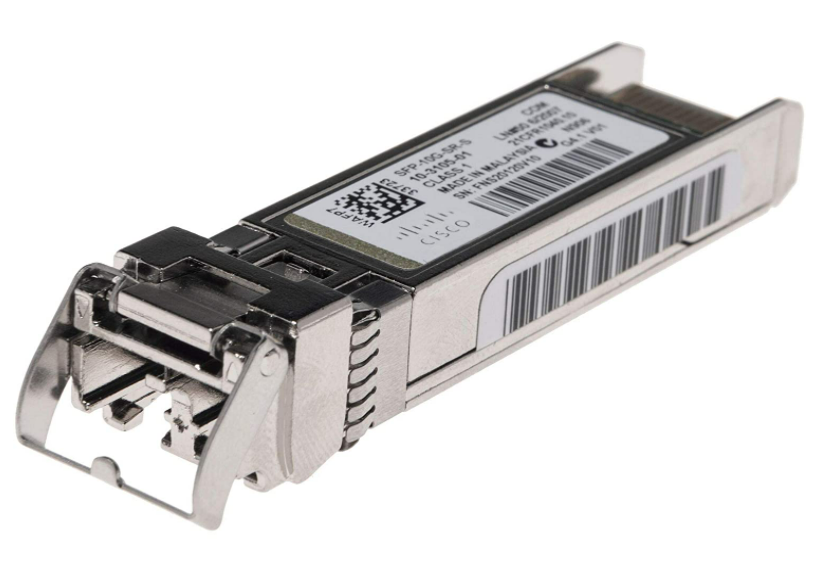
When do you require SFP-10G-SR transceivers? Whenever any of the following lines is a requirement:
• OTN or WAN-PHY support
• Optics deployed in non-temperature controlled environments, e.g. rugged/ industrial (RGD).
• Optics plugged on platforms that require extended operating temperature range (EXT).
• TAA compliance (TAA compliance simply means the “final products” you sell through your GSA Schedule as a product manufacturer or GSA reseller cannot be made in certain countries)
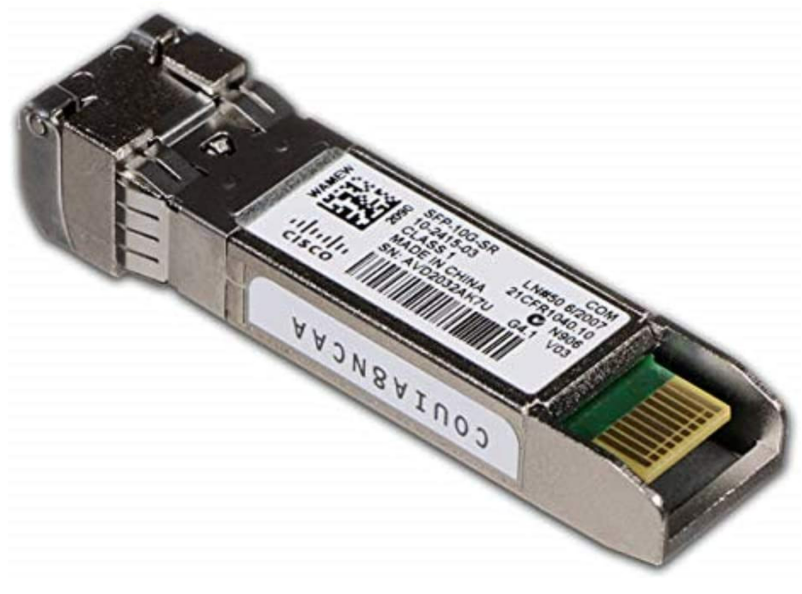
There is also one more type of transceiver, SFP-10G-SR-X which comes into consideration if the operating temperatures are more extreme, and you want to avoid having to keep having to replace SFP-10G-SR transceivers often. The cost is approximately 40-50% more expensive than SFP-10G-SR due to its unique purpose too.
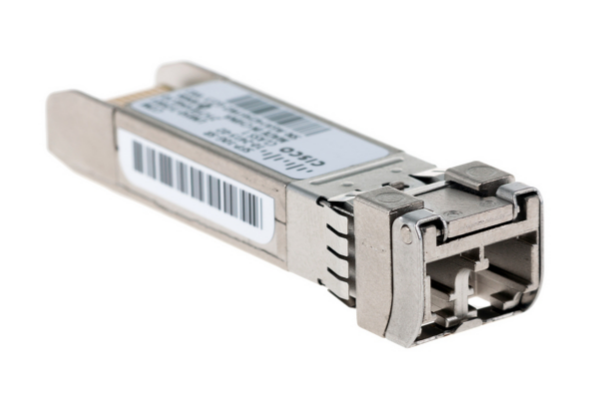
TL DR:
Twinax cables (same rack use, cheapest option), SFP-10G-SR-S (datacenter usage, cheaper option), SFP-10G-SR (extended temperatures, bit more expensive than the previous option), SFP-10G-SR-X (extreme temperatures, most expensive option)
Now, do you really need the Cisco branded adapters/cables? I will leave that conversation/debate for a different day.


